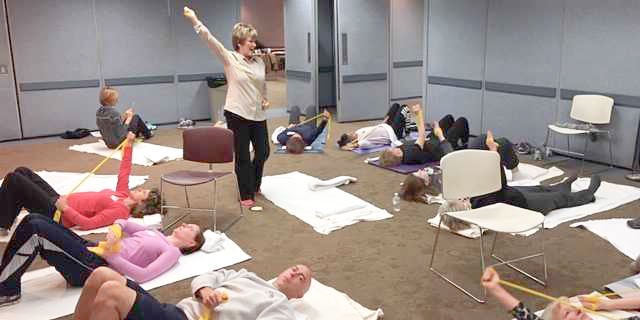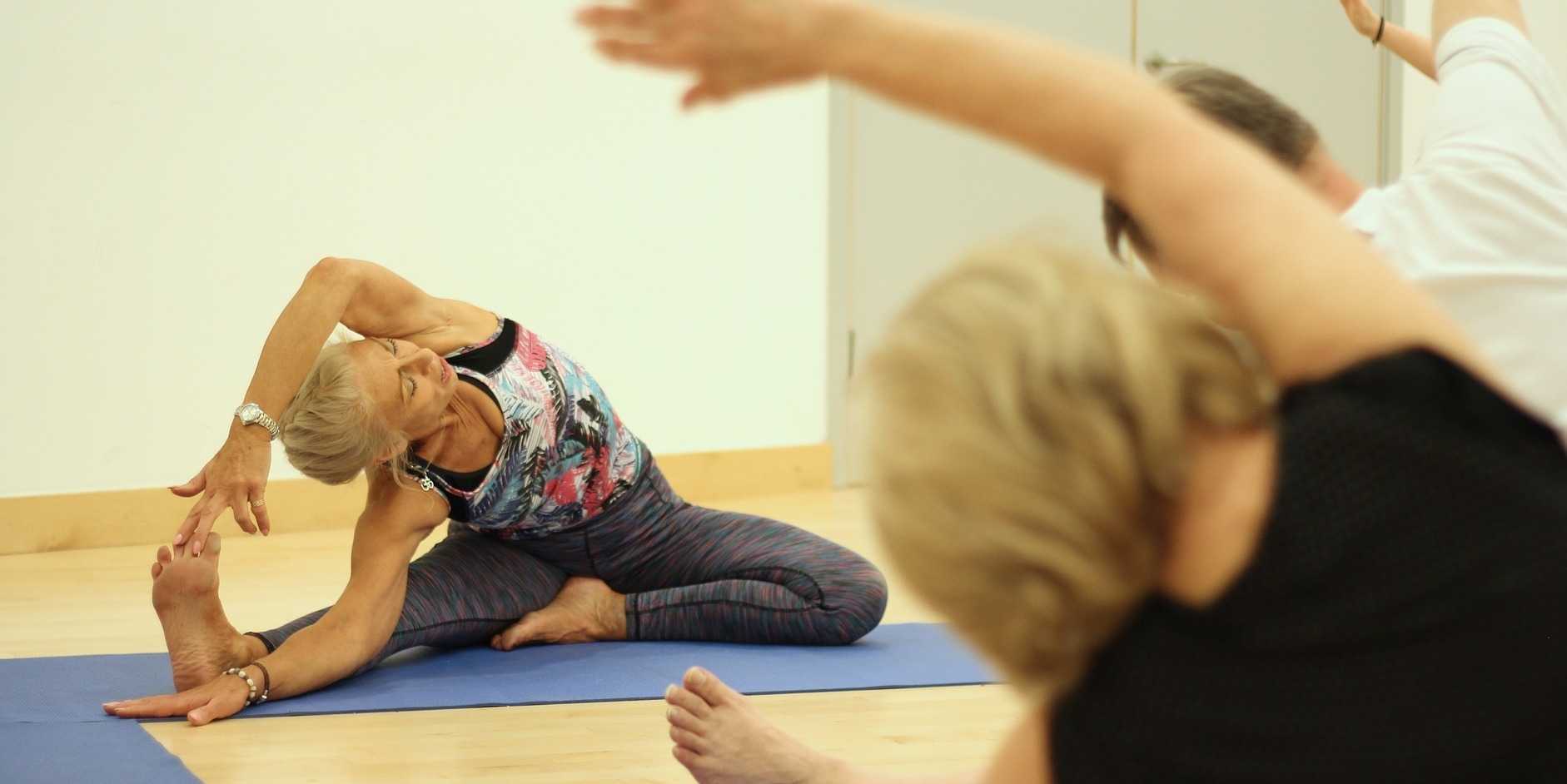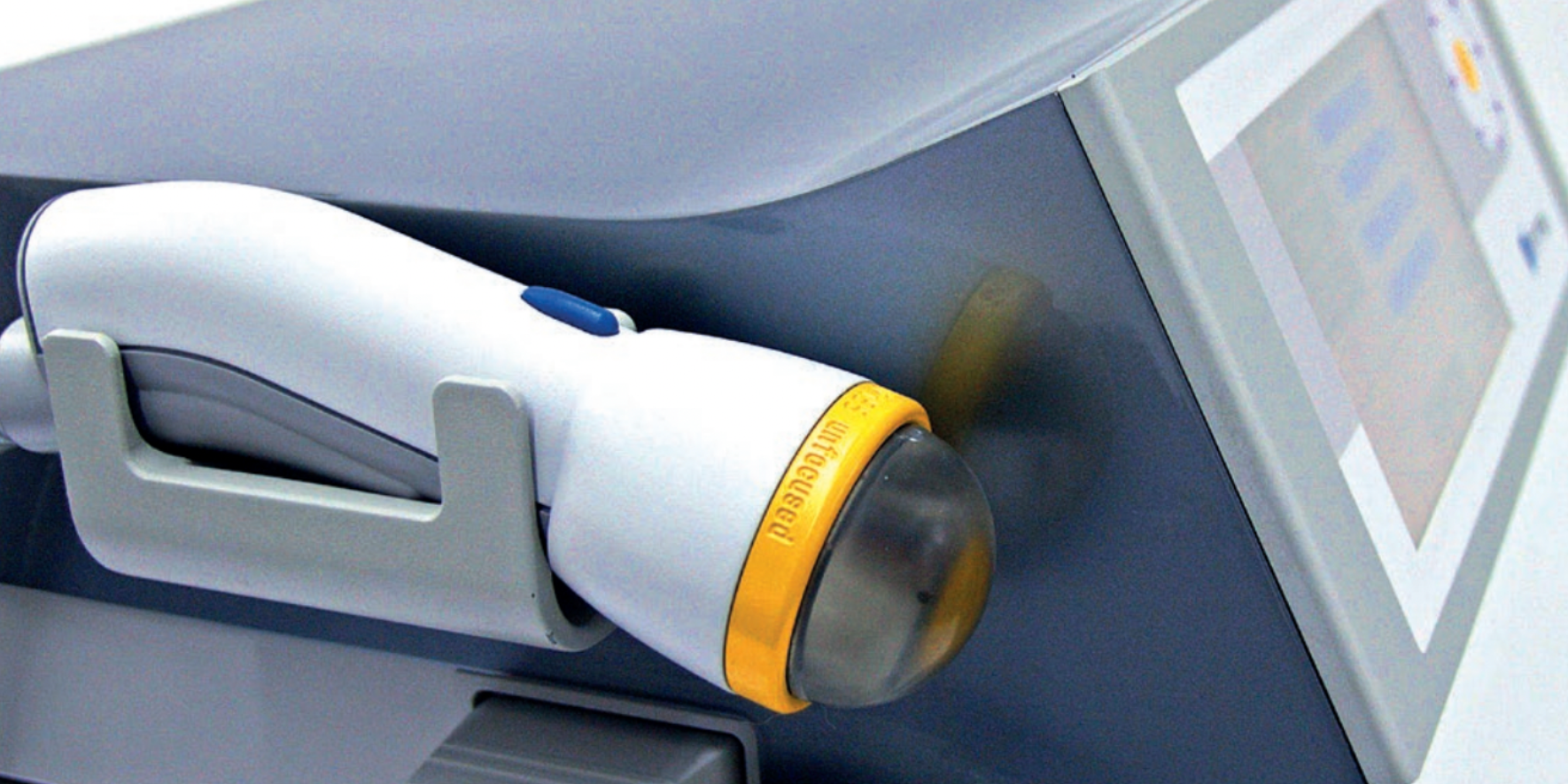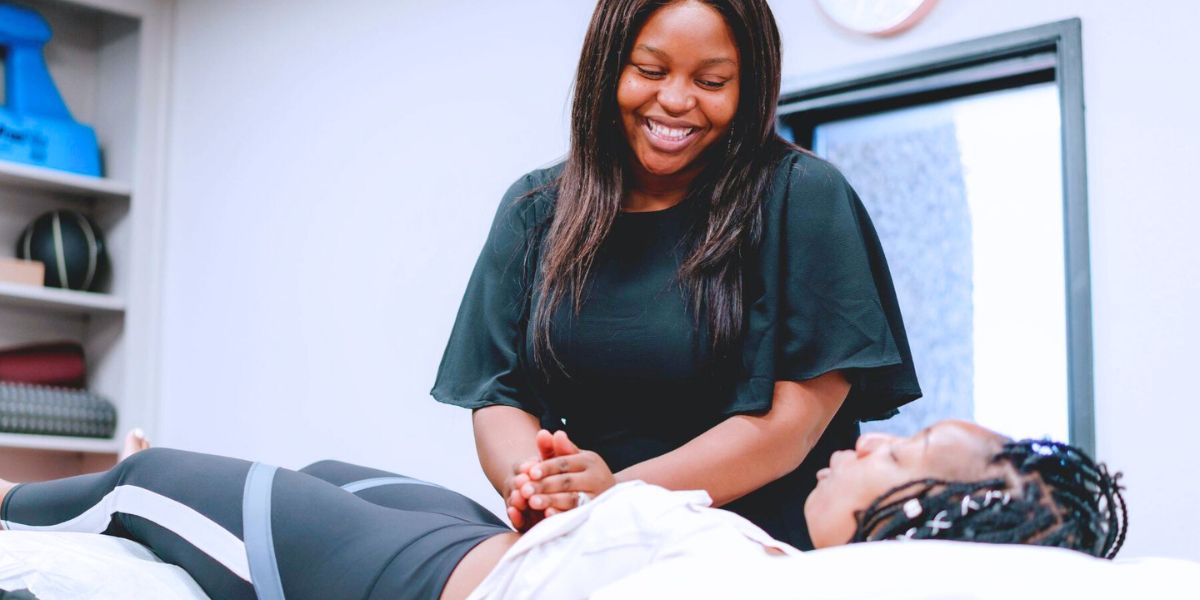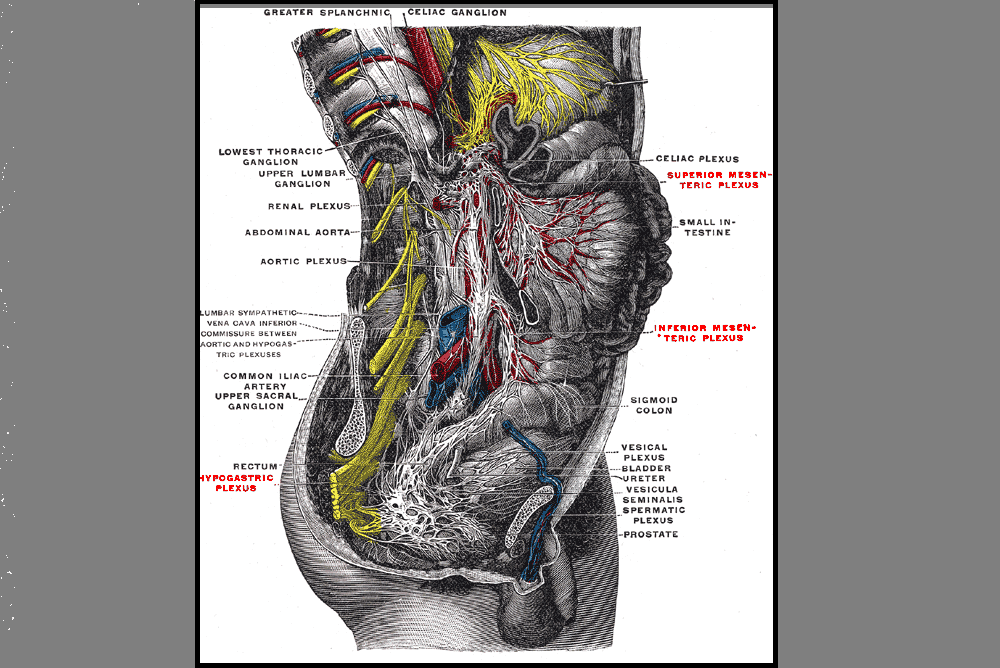
Let me share one of my past patients with you.
Joe came in every day for treatment with a bandana that matched the color of his shirt, carefully wrapped around the four residuums that ended at his first metacarpals. My clinical instructor Nicki, a hand specialist, introduced me to the set of dowels that we used to help desensitize Joe’s residuums to prepare him for fitting with a prosthetic hand. Together, we slowly worked through the dowels, gently massaging his scars to help Joe tolerate pressure and touch on his sensitive severed finger stumps.
Watching his progress that summer from his first day of treatment, when he could barely tolerate unwrapping his hand from the bandana that protected his raw injury from all contact with the outside world, to his tolerating increased pressure and challenging textures with the dowels, I was as inspired by his courage as I was by his progress. I marveled at the body’s ability to respond to treatment. The same stimuli that was once so painful could become tolerable and even painless with time and treatment.
Several years and many Herman & Wallace courses later, I started treating patients with dyspareunia and pelvic pain in my private practice. My patients’ expressions of anxiety with the unwrapping, of fear of pain with anticipation of touch seemed familiar, I remembered Joe. The body parts may be different, but the nervous system is one and the same.
While Joe’s injury and source of pain and sensitivity was obvious even to the layperson, our patients with dyspareunia and pelvic pain are suffering with pain whose source is often invisible even to the most trained clinical eye.
Yet, the treatment principles are similar. Every day, we help patients feel safe in their own bodies by providing both gentle treatment and teaching self-treatment techniques that empower patients to help heal themselves. Dilator training can be viewed in this lens as a master class in desensitization and sensory integration of the vagina. We are teaching the pelvic floor muscles and surrounding tissue to gradually accommodate to the increased size of the dilator being inserted without setting off a five-alarm fire and cascade of painful responses in the nervous system.
We load our treatment toolboxes with deep breathing, relaxation techniques, and biofeedback to help rewire and re-educate the body's responses to stimuli.
This treatment is often compounded when patients come from religiously conservative backgrounds and are raised with restrictive sexual values. This places them at a higher risk of experiencing dyspareunia and painful intercourse. In addition to their pain, they may also be struggling with sexual shame and lack of sexual education, creating a greater barrier to treatment and care. Gaining patients' trust and “buy in” may require a higher level of cultural competence and religious sensitivity than other less emotionally charged specialties.
So, let’s talk about it in my upcoming course, Sex and Religion: Treating Conservative Religious Patients with Cultural Sensitivity, on May 18th. I created this course to help both seasoned and newer therapists open their skill sets to reach more diverse patient populations. In this course, I delve into these topics and explore challenges that face patients who come from conservative religious communities as they interface with the wild world of pelvic health. You leave my course with practical skills for patient interviewing, treatment strategies, and creating a safe and comfortable space for both patients and providers.
Resources:
- Patanwala I, Lamvu G, Mizera M, Fisk M, Blanton E. Learning restrictive sexual values may be associated with dyspareunia. Journal of Endometriosis and Pelvic Pain Disorders. 2020;12(2):61-68. doi:1177/2284026519900108.
- Schermer Sellers, T. (2017). Sex, God, and the Conservative Church: Erasing Shame from Sexual Intimacy (1st ed.). Routledge. https://doi.org/10.4324/9781315560946.
AUTHOR BIO
Rivki Chudnoff, MSPT
 Rivki Chudnoff, MSPT (she/her) is a Midwesterner at heart, born and raised in Chicago. At her private practice, Hamakom Physical Therapy, in Bogota, NJ, she focuses on women’s health and pelvic health rehabilitation for women and children. Rivki graduated from Stern College with a BA in Biology and from the University of Medicine and Dentistry of New Jersey (Rutgers) in 1999 with a Masters of Science in Physical Therapy. Rivki started her physical therapy career in pediatrics, working with children with severe disabilities.
Rivki Chudnoff, MSPT (she/her) is a Midwesterner at heart, born and raised in Chicago. At her private practice, Hamakom Physical Therapy, in Bogota, NJ, she focuses on women’s health and pelvic health rehabilitation for women and children. Rivki graduated from Stern College with a BA in Biology and from the University of Medicine and Dentistry of New Jersey (Rutgers) in 1999 with a Masters of Science in Physical Therapy. Rivki started her physical therapy career in pediatrics, working with children with severe disabilities.
In her practice, Rivki is privileged to work with women at different stages of life. Rivki uses a biopsychosocial approach to guide her patients through the many challenges that they encounter along their journey to healing. Rivki has written extensively on women’s health issues and has presented on pelvic health internationally to sex educators, at community events, and at marriage retreats. In her free time, she enjoys vacationing at Trader Joe’s, burning dinner, and trying to figure out new ways to embarrass her children with her professional life.






